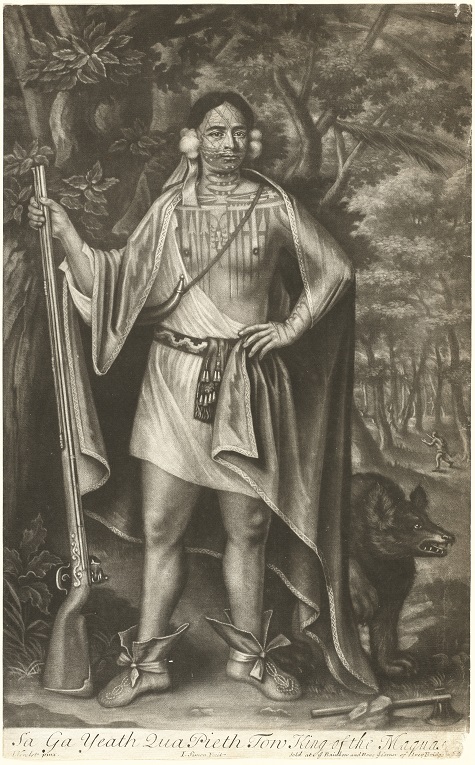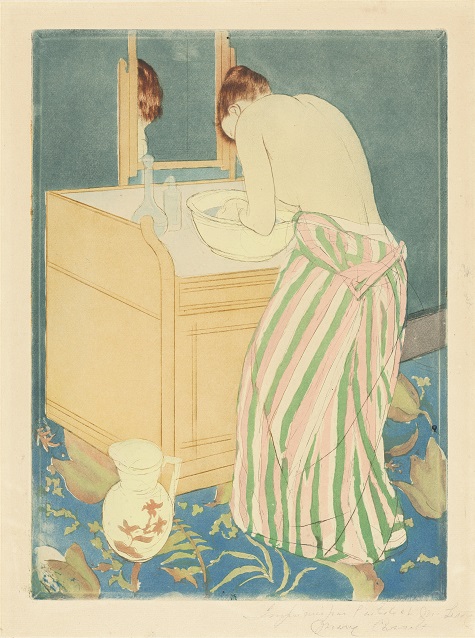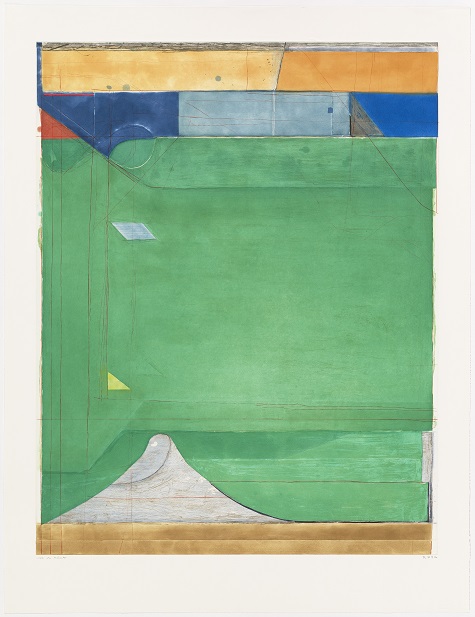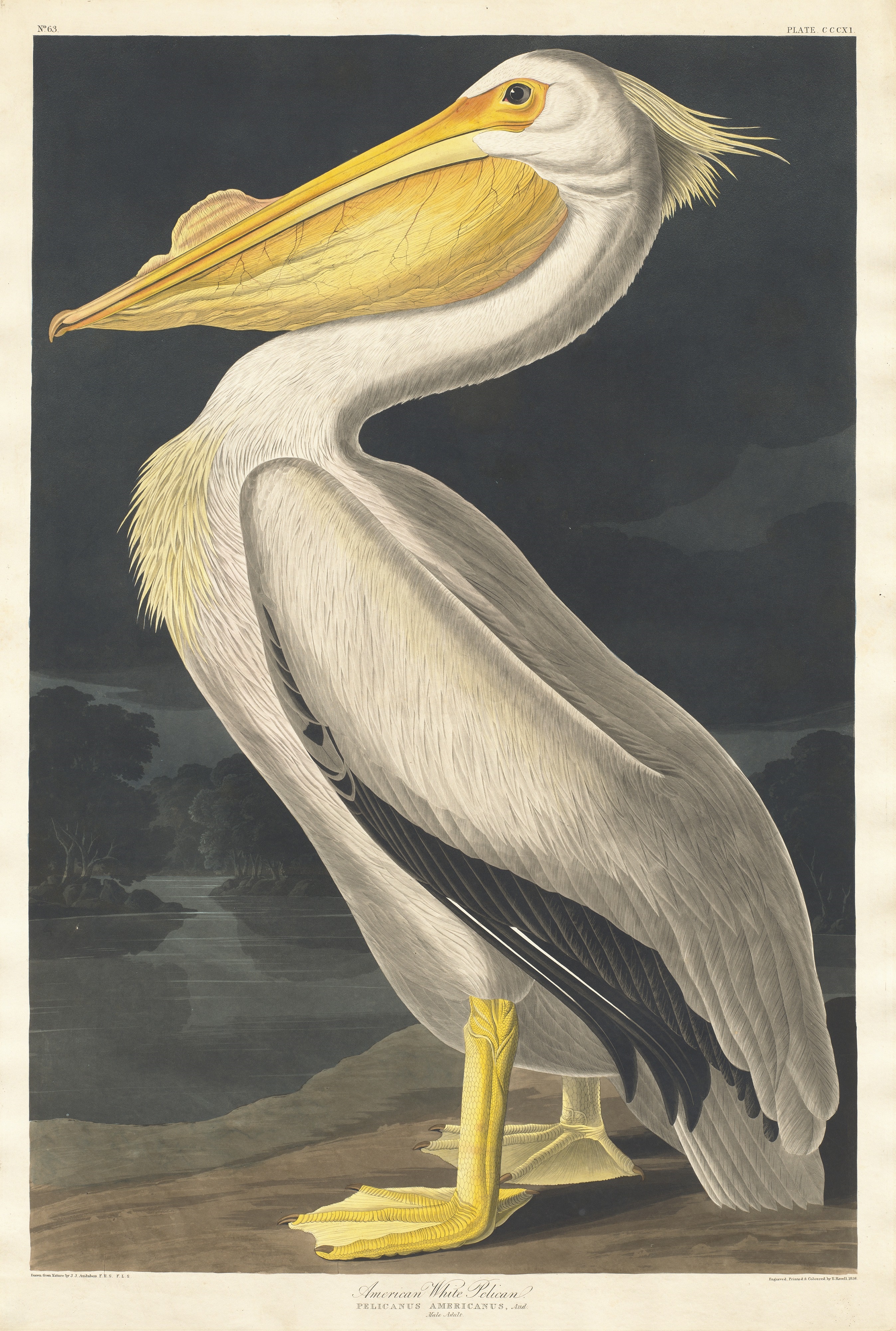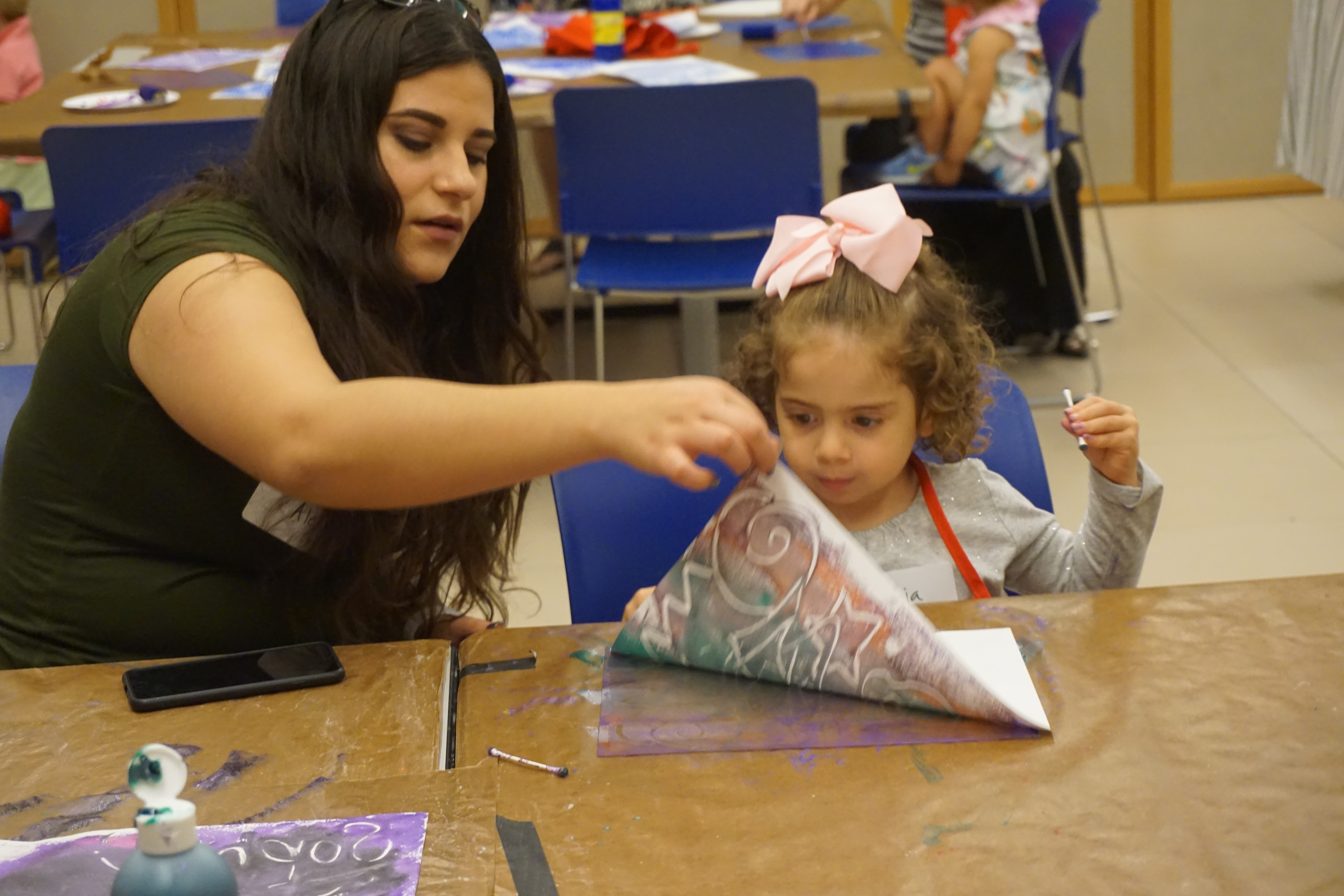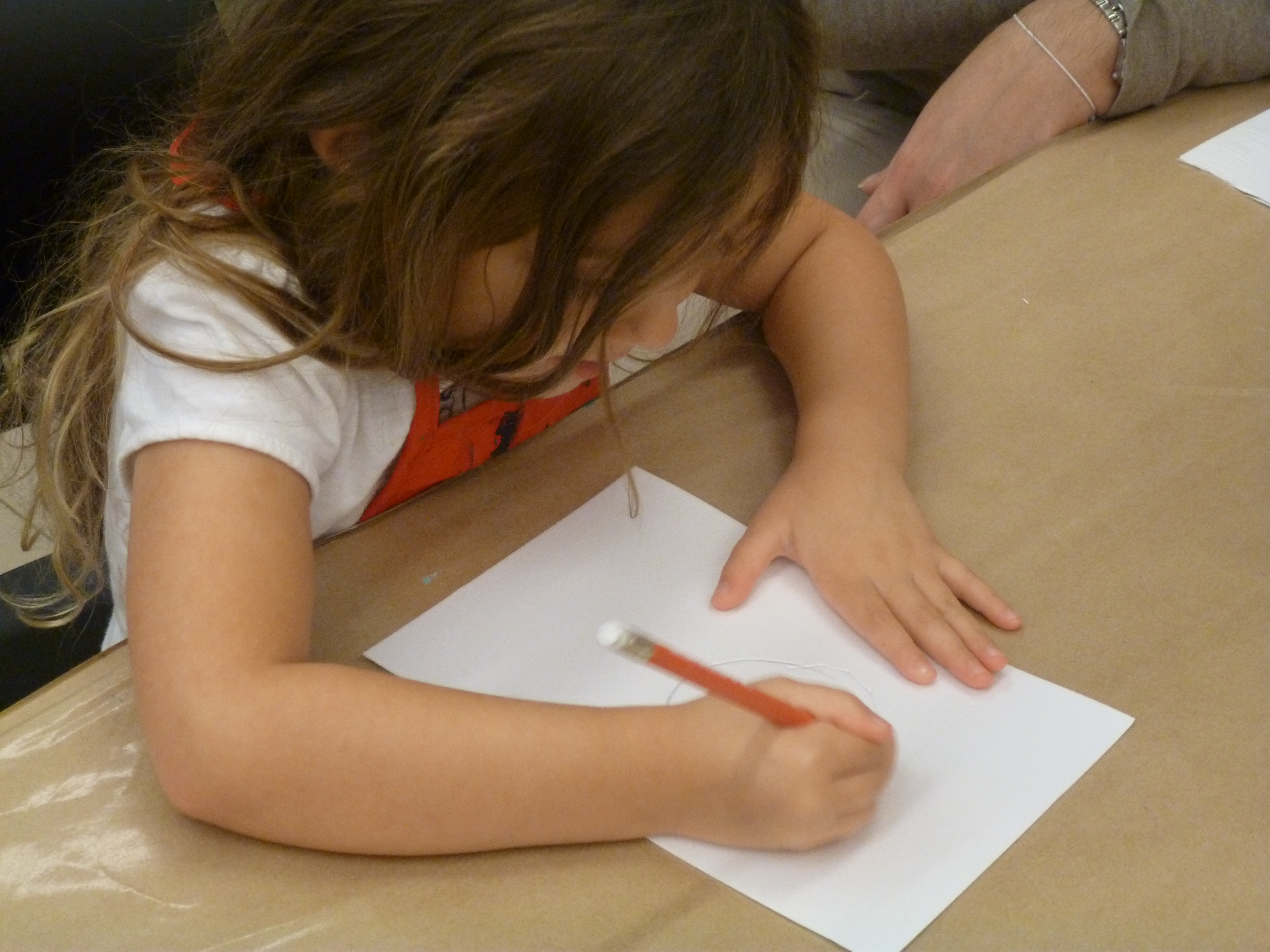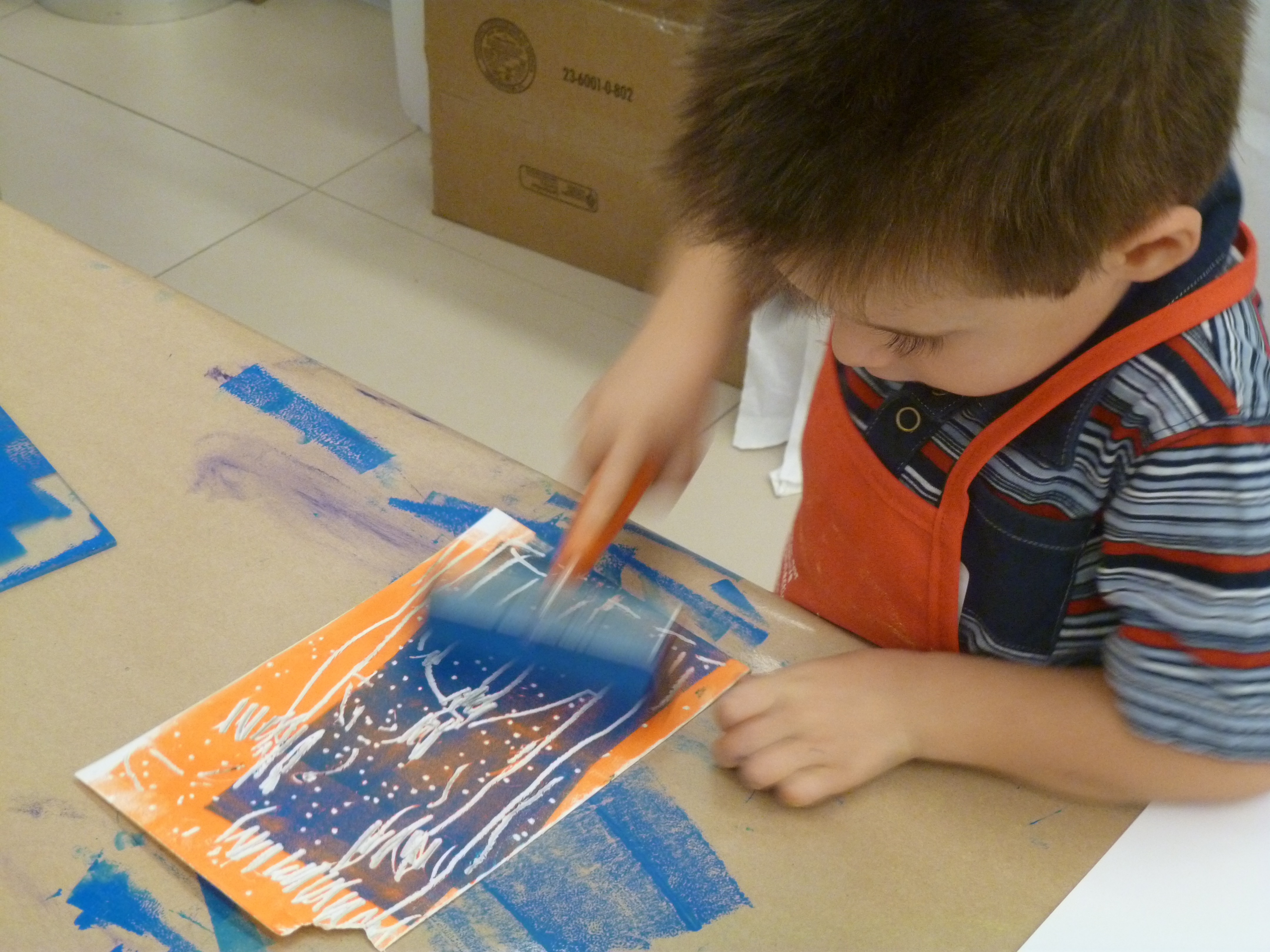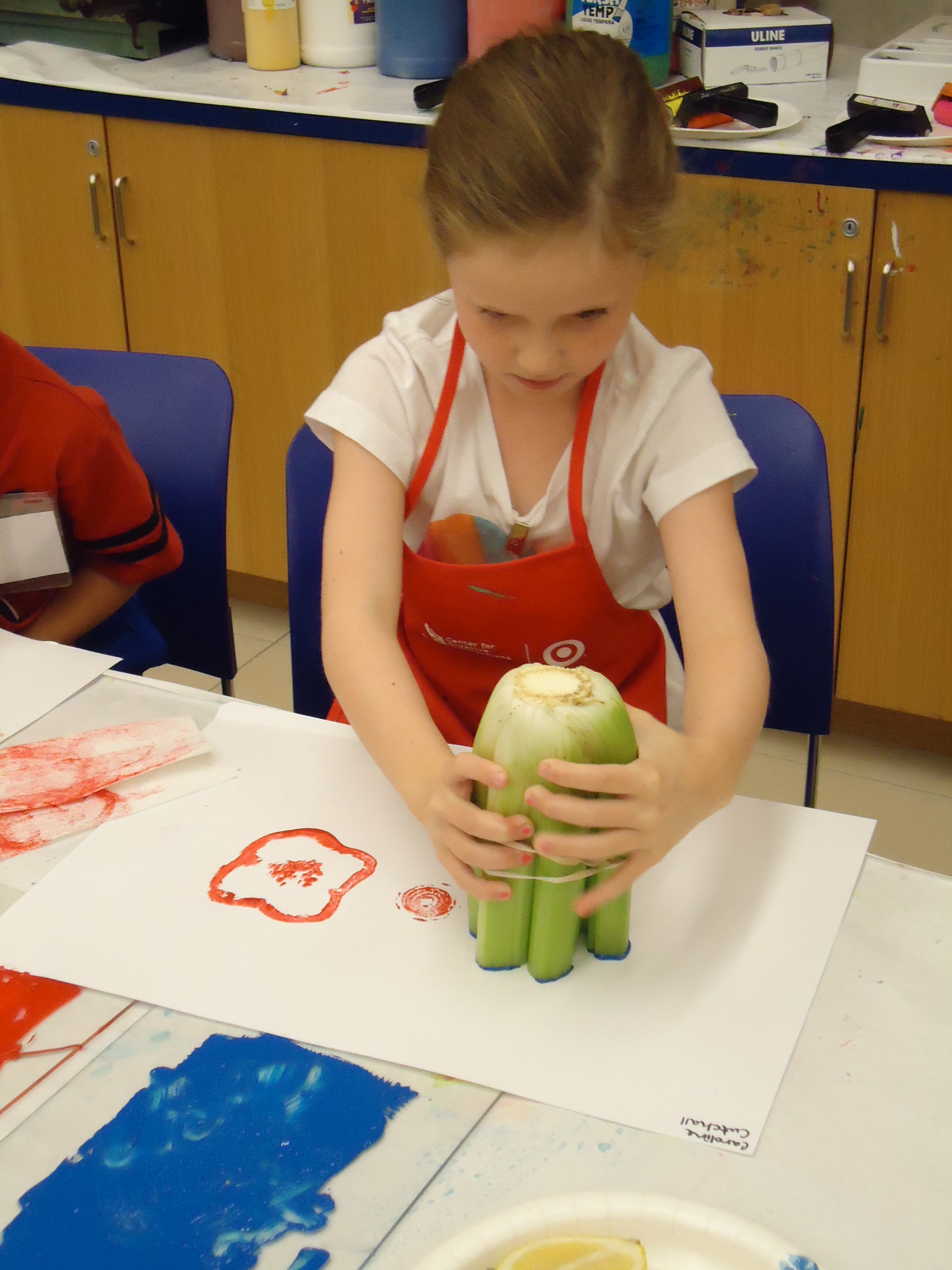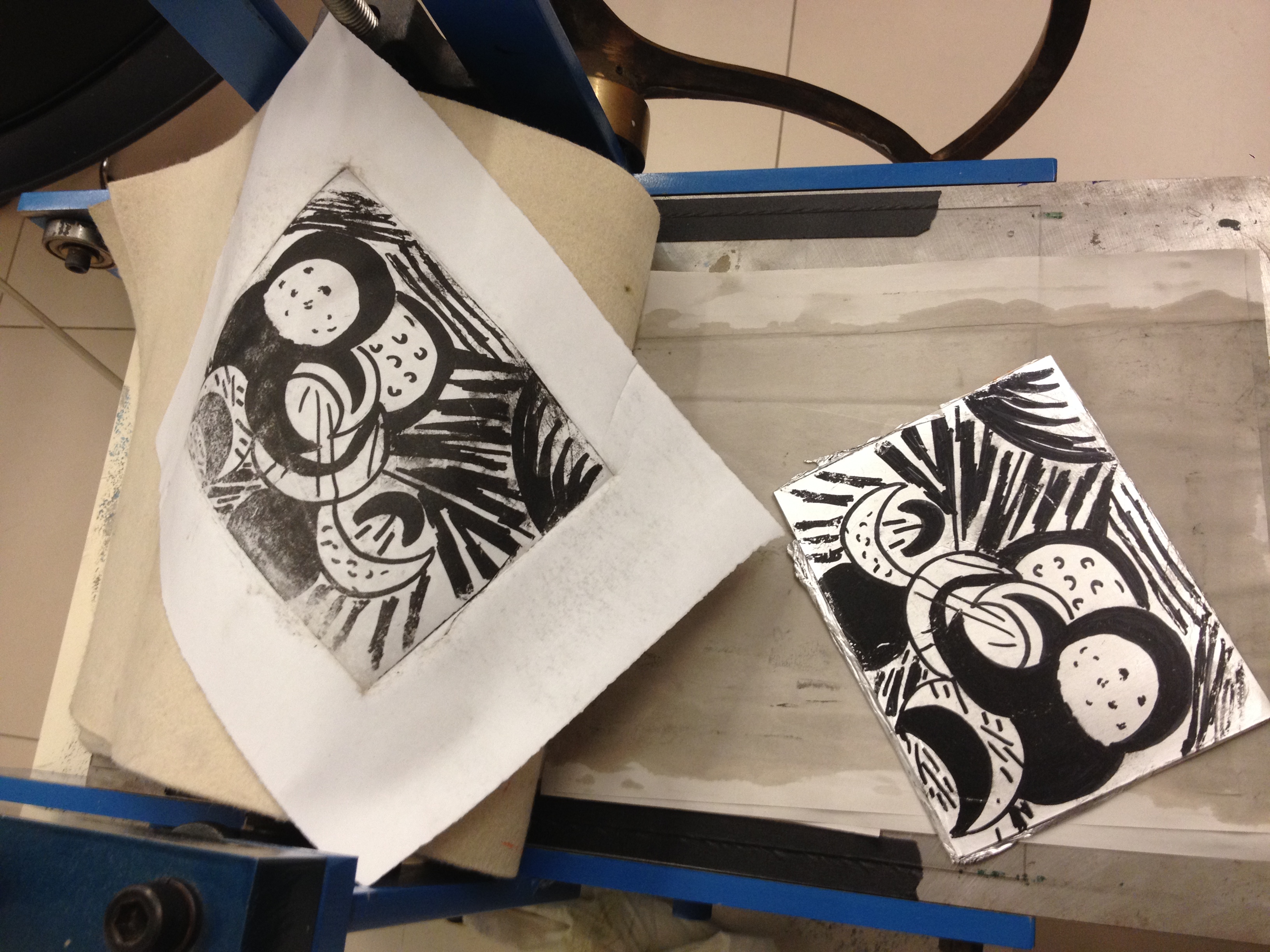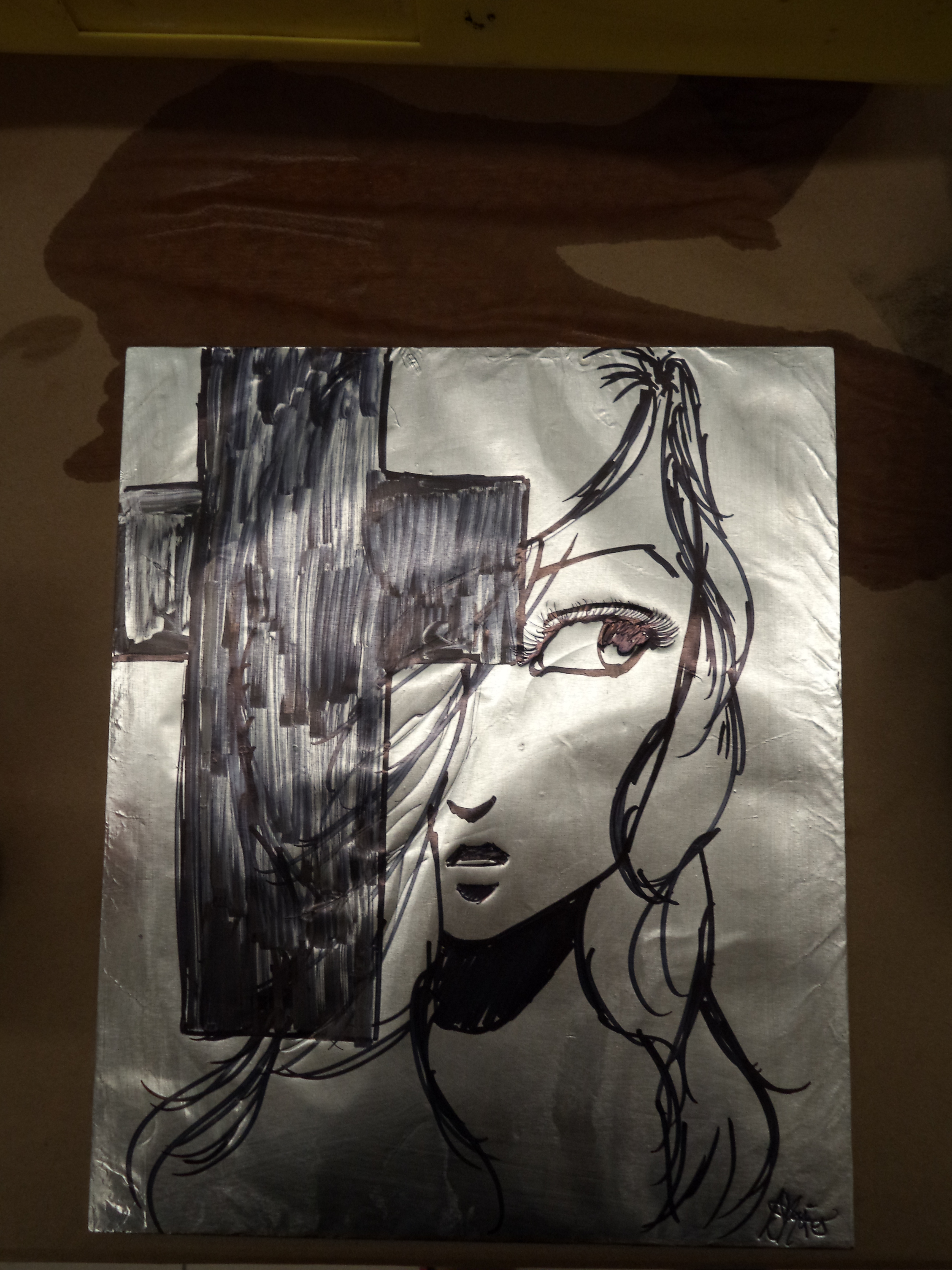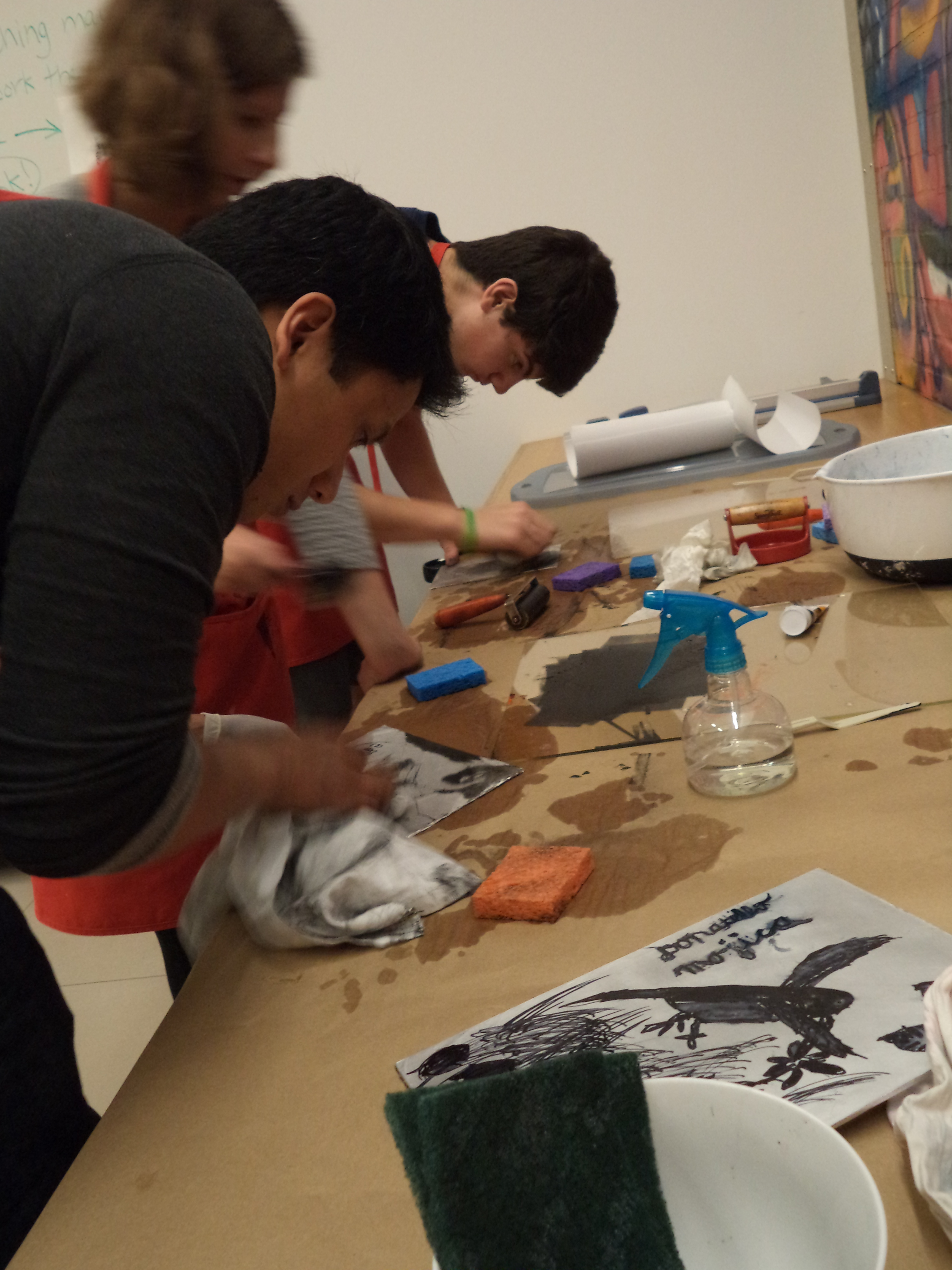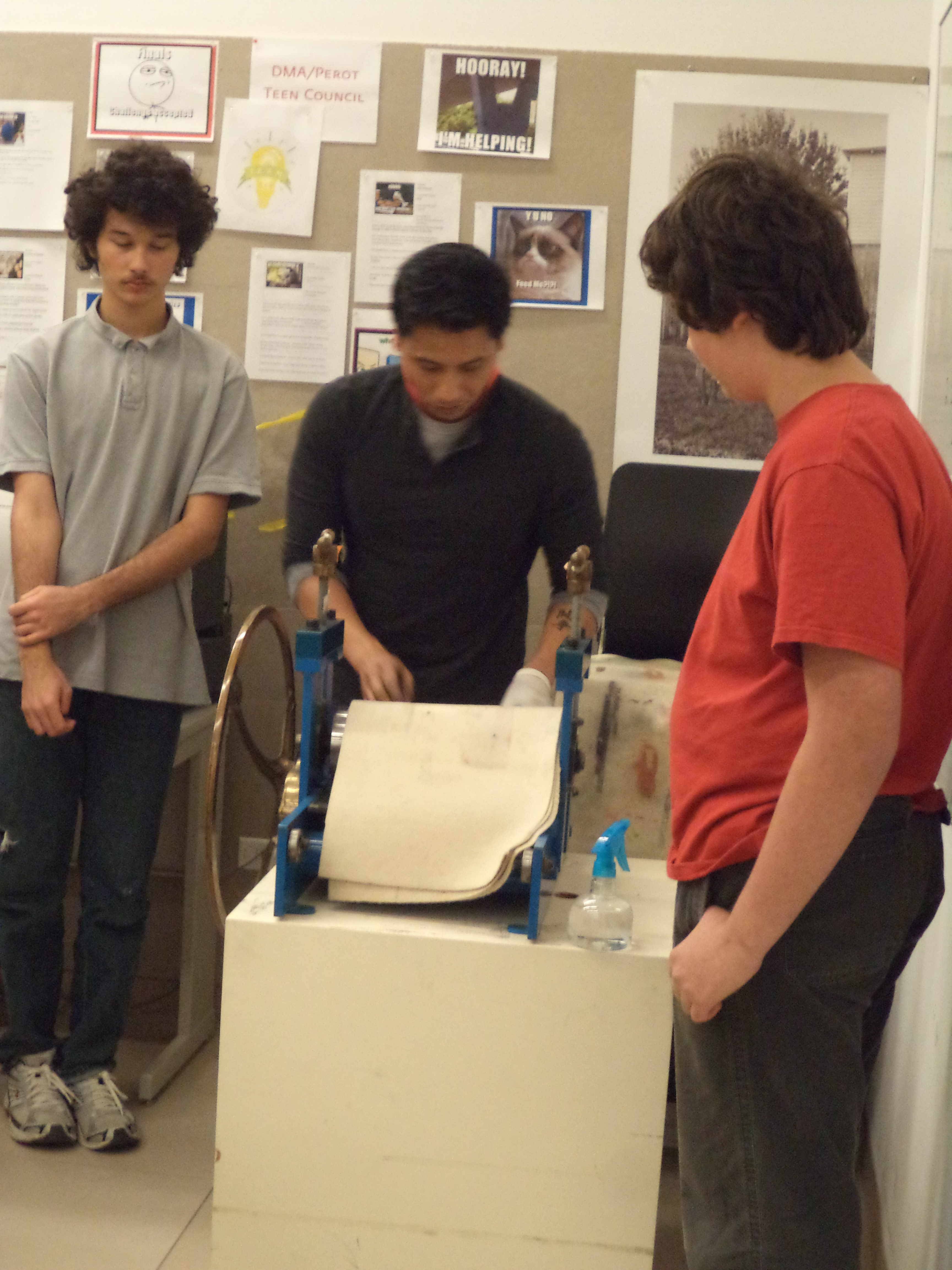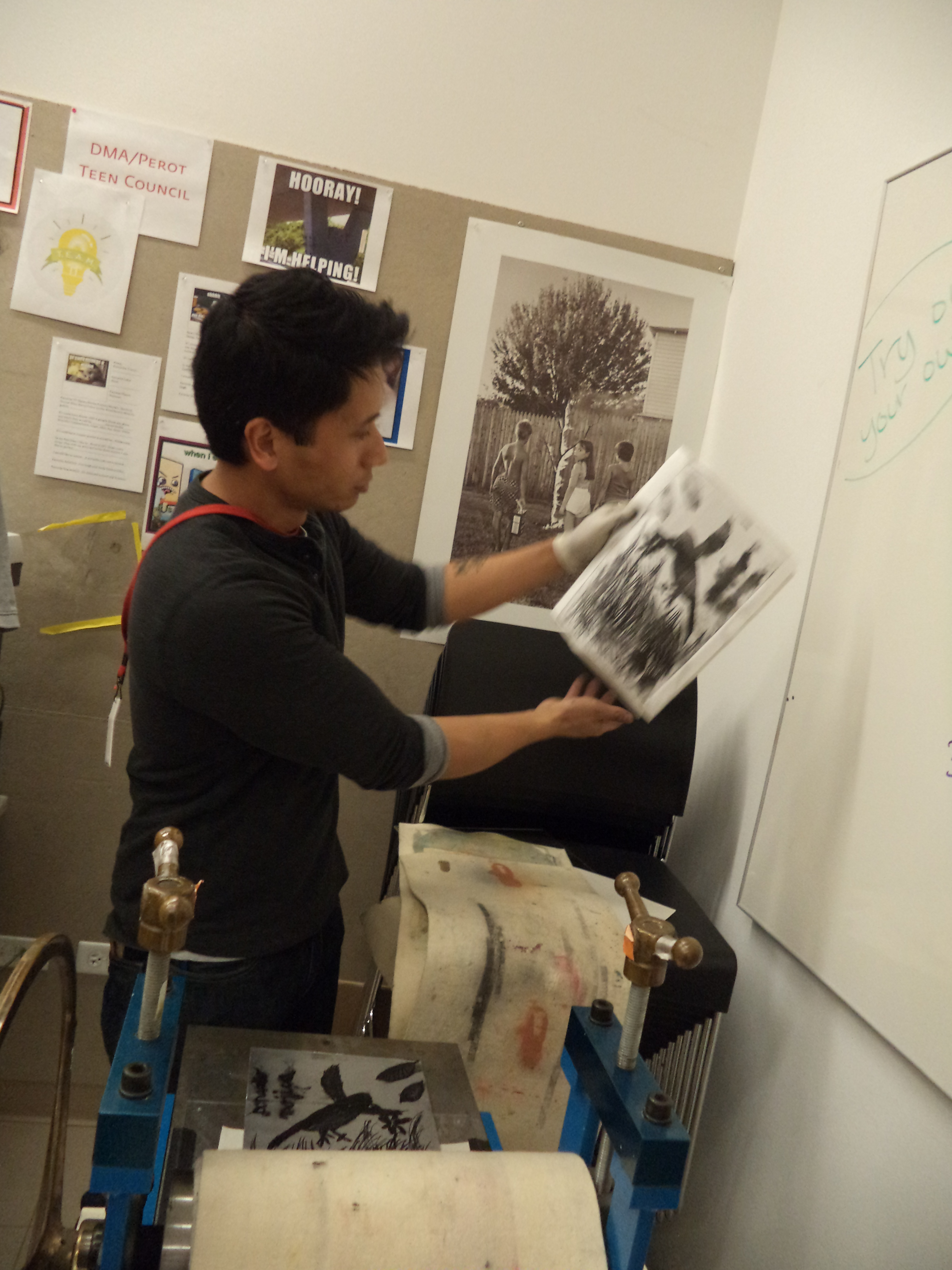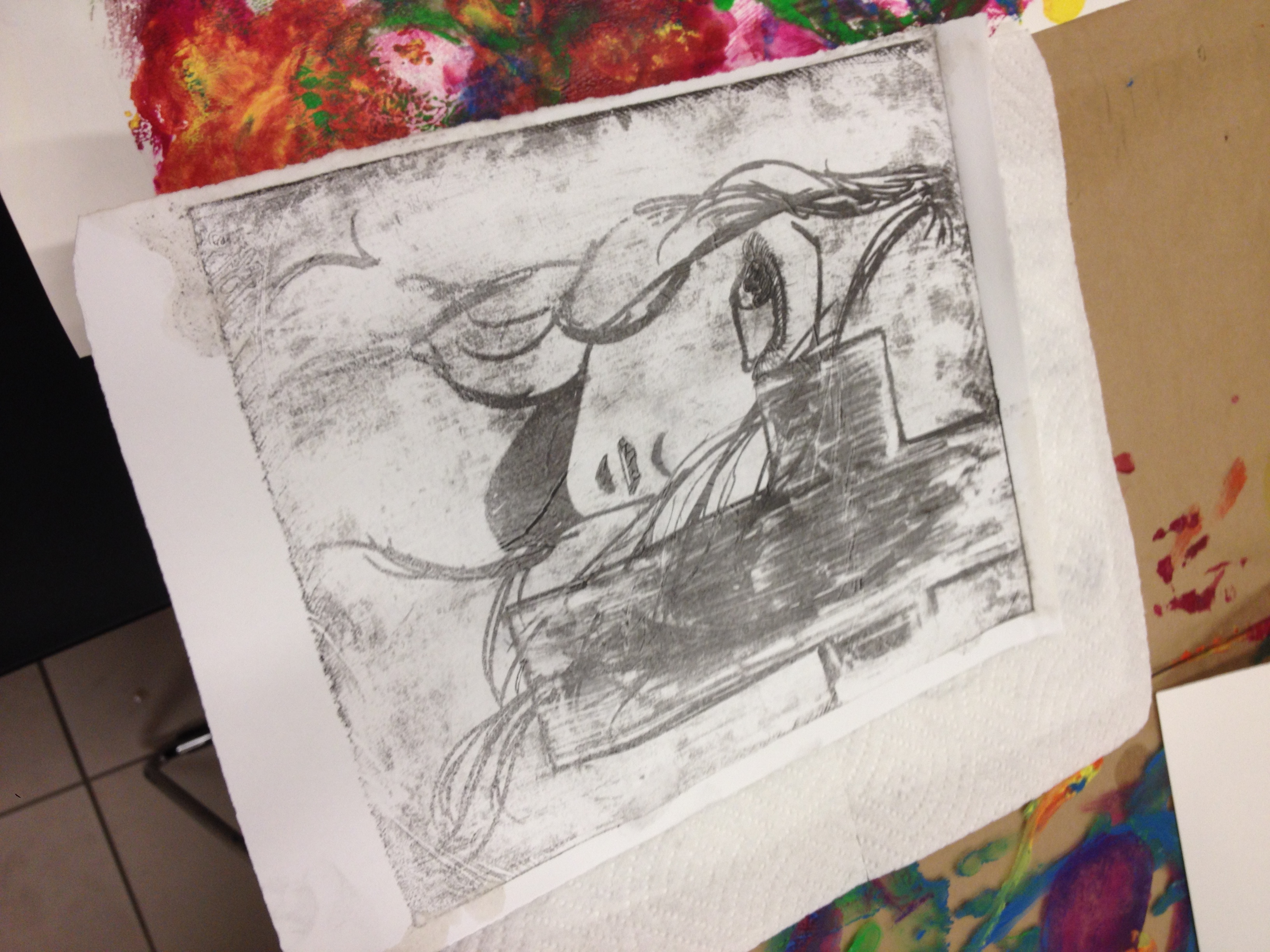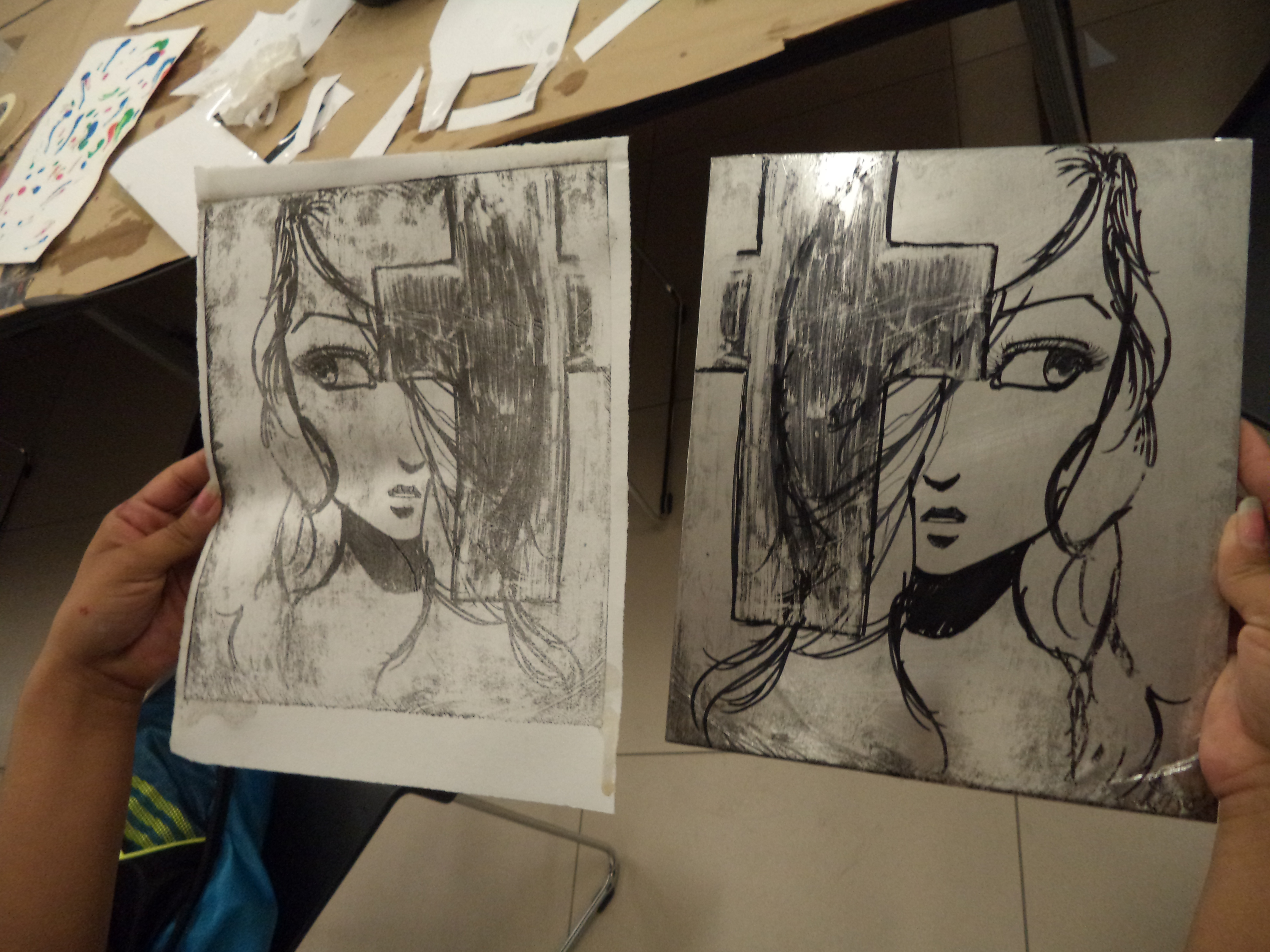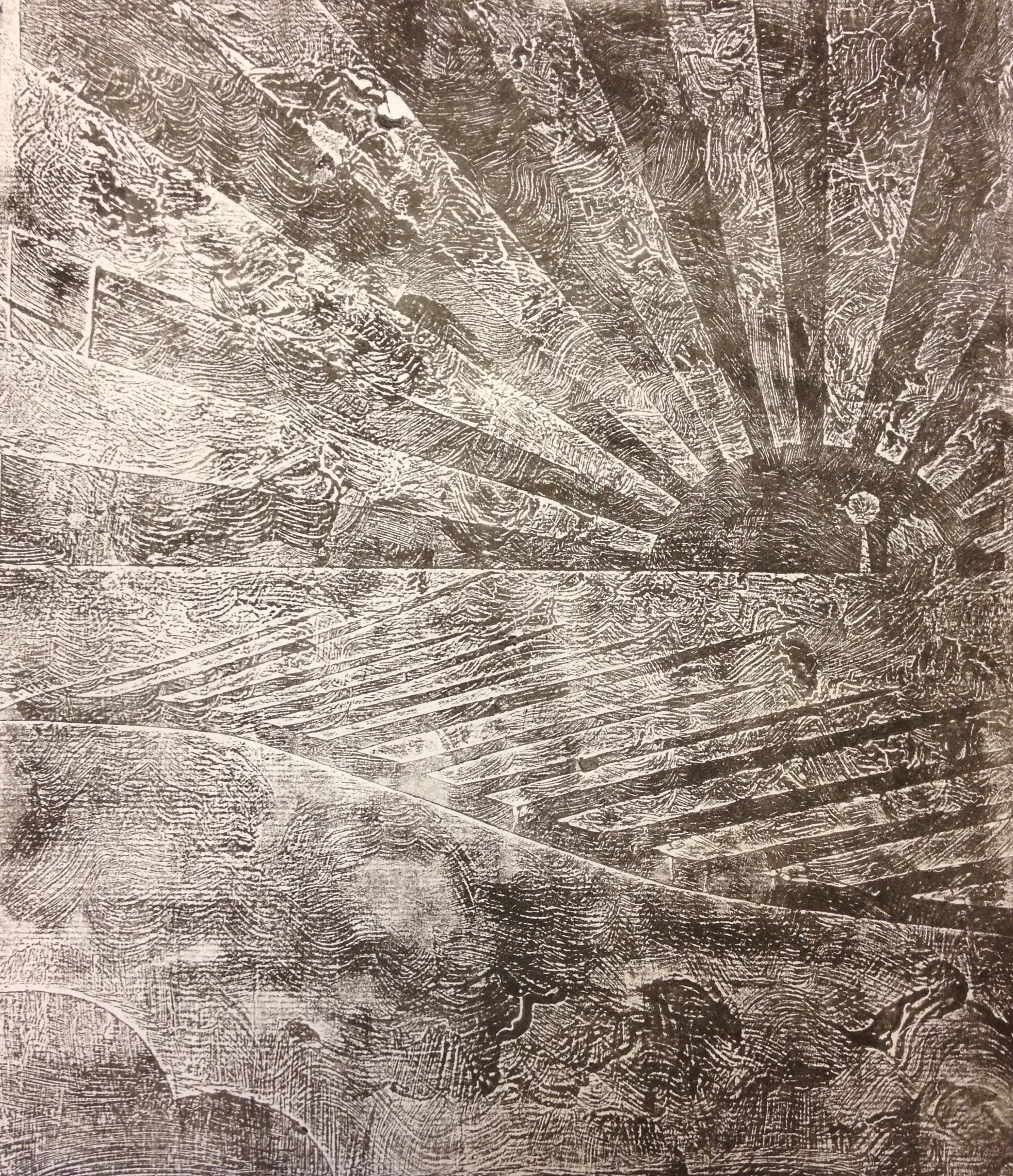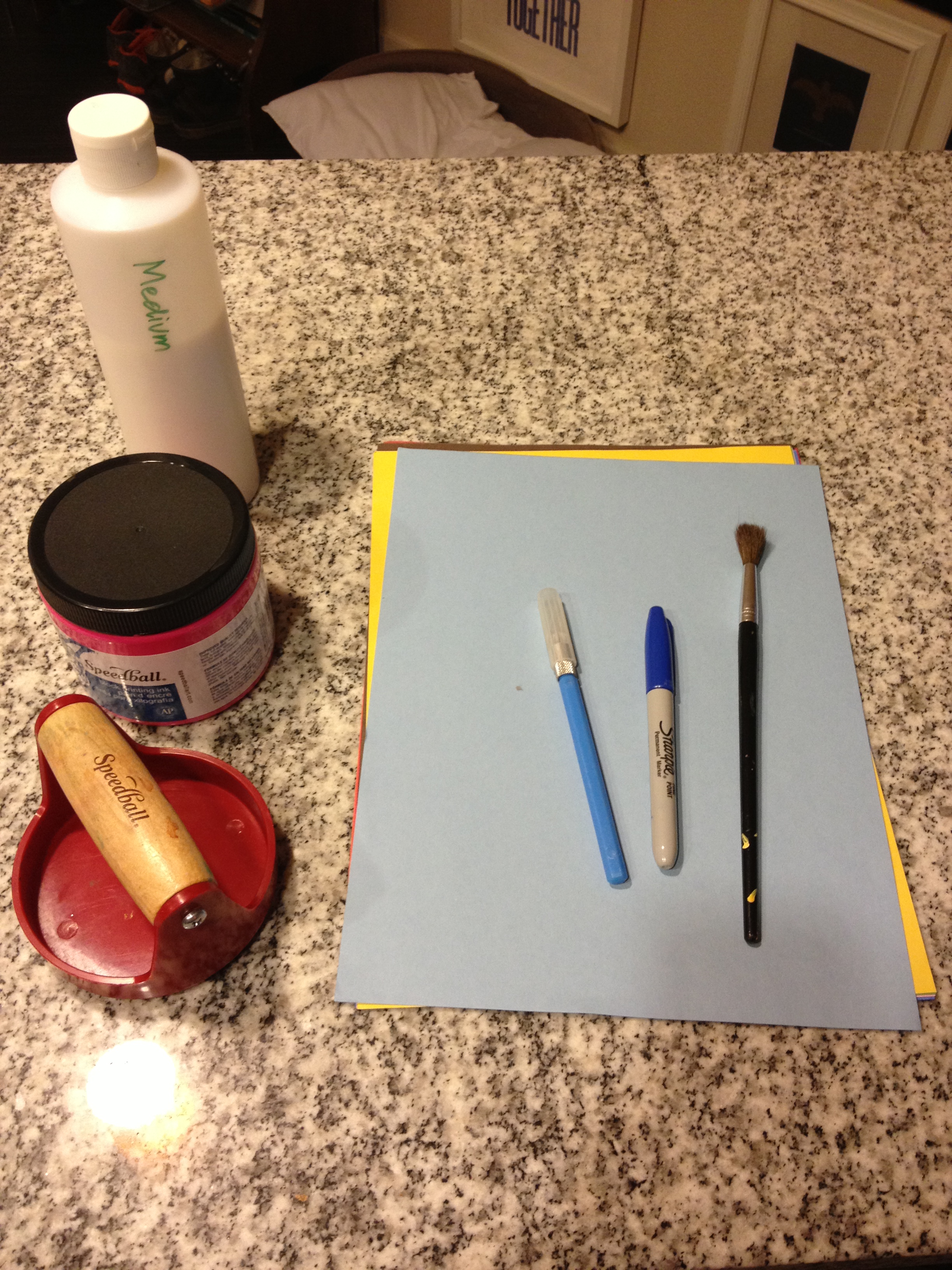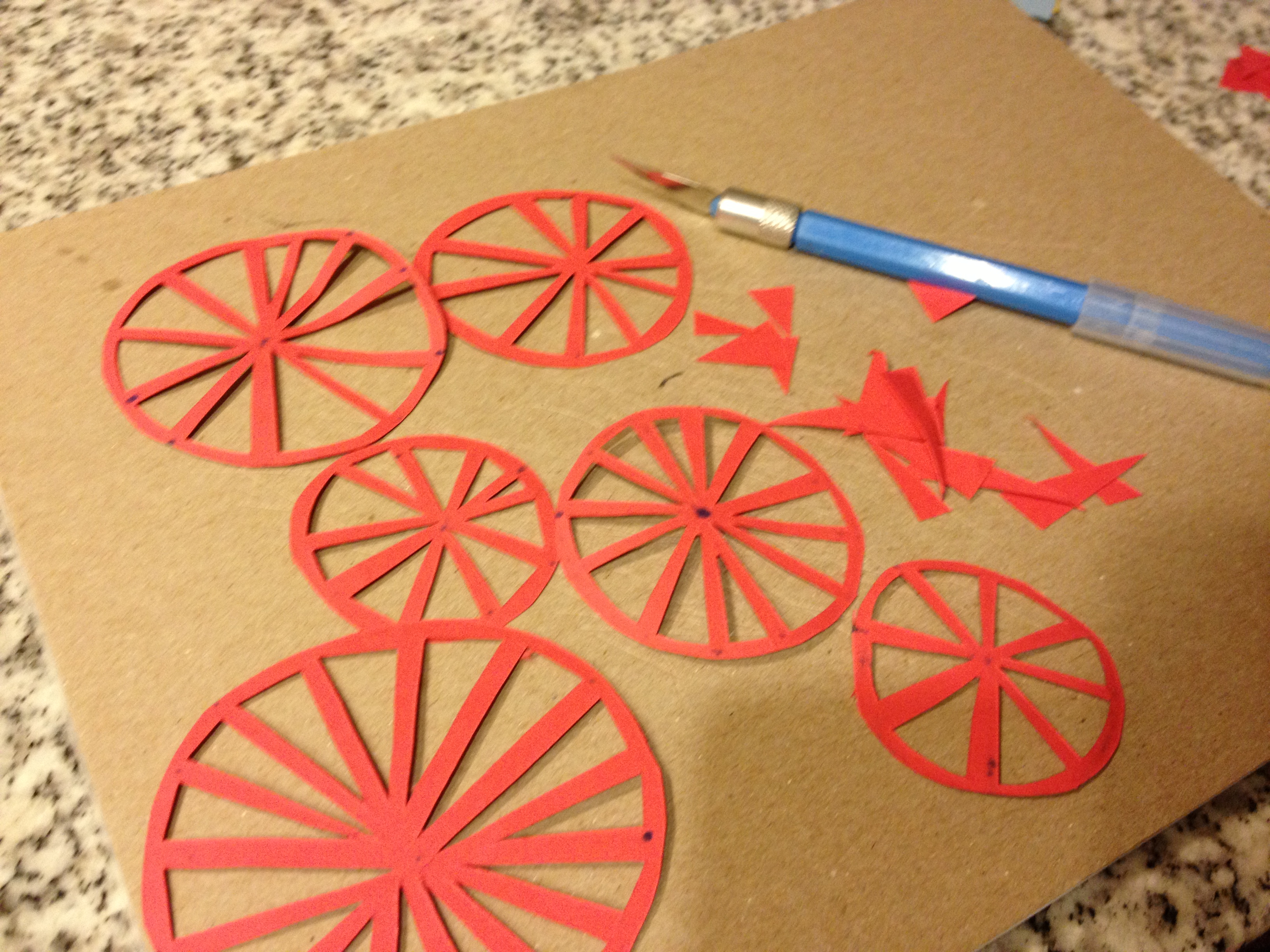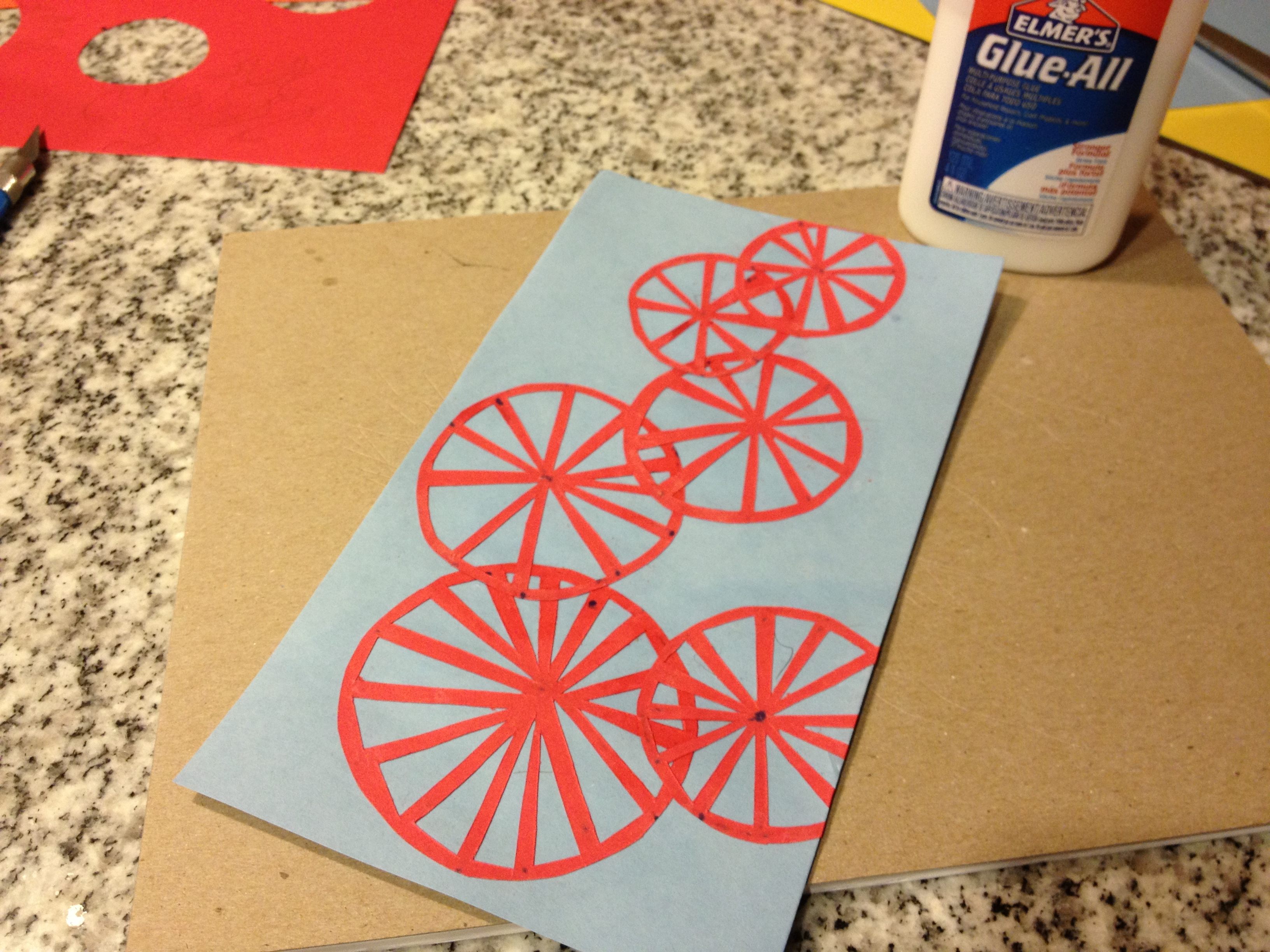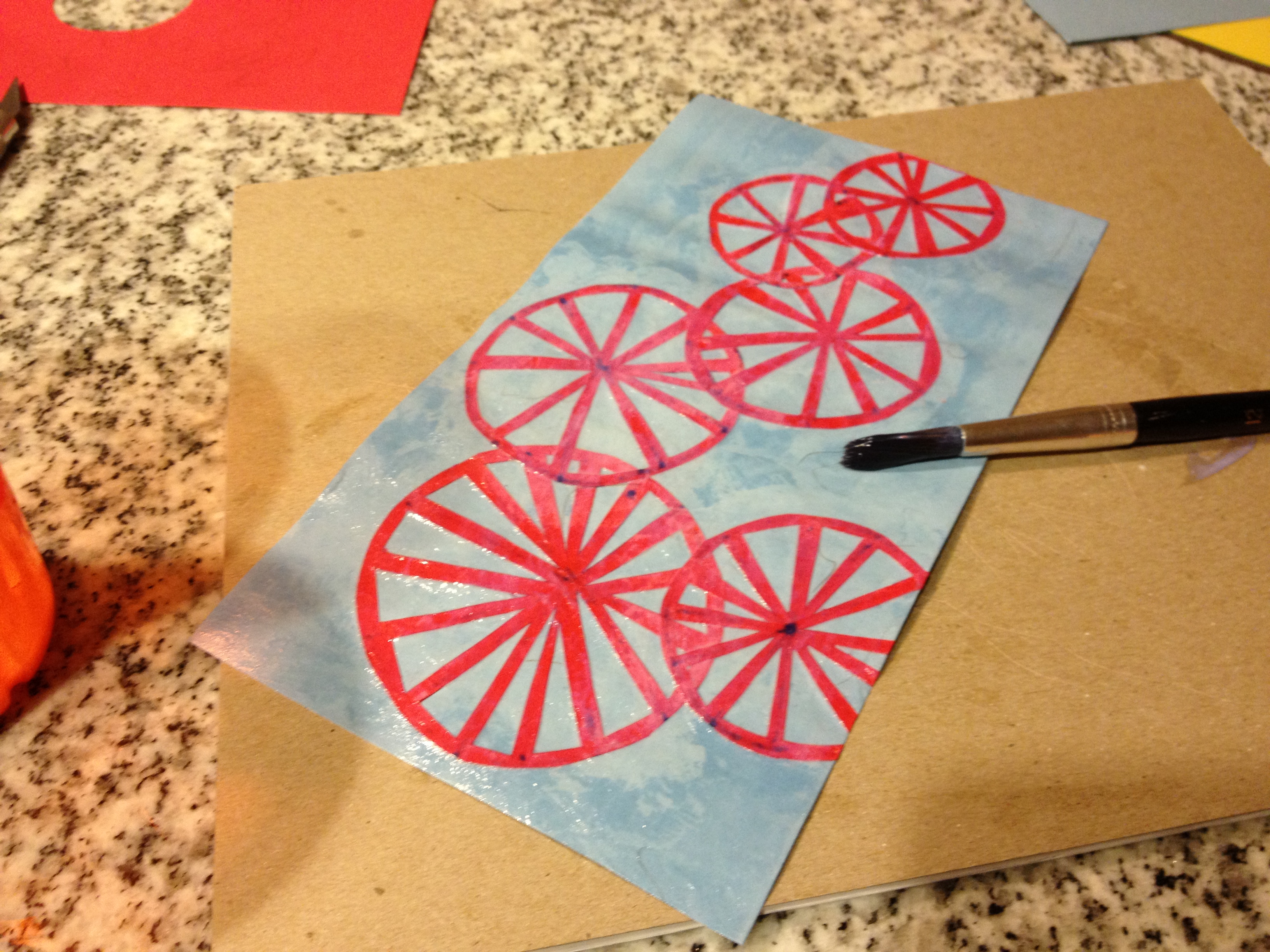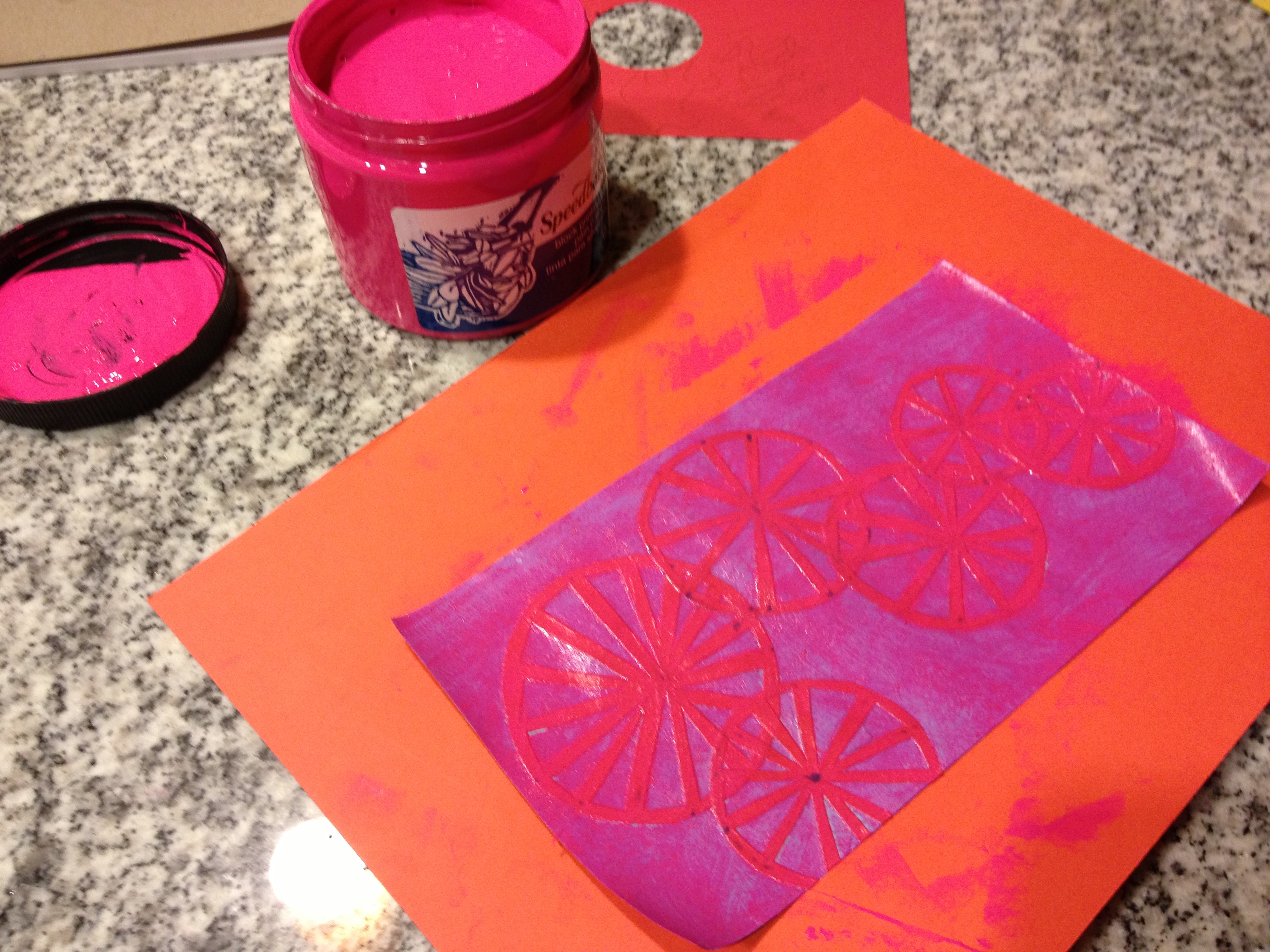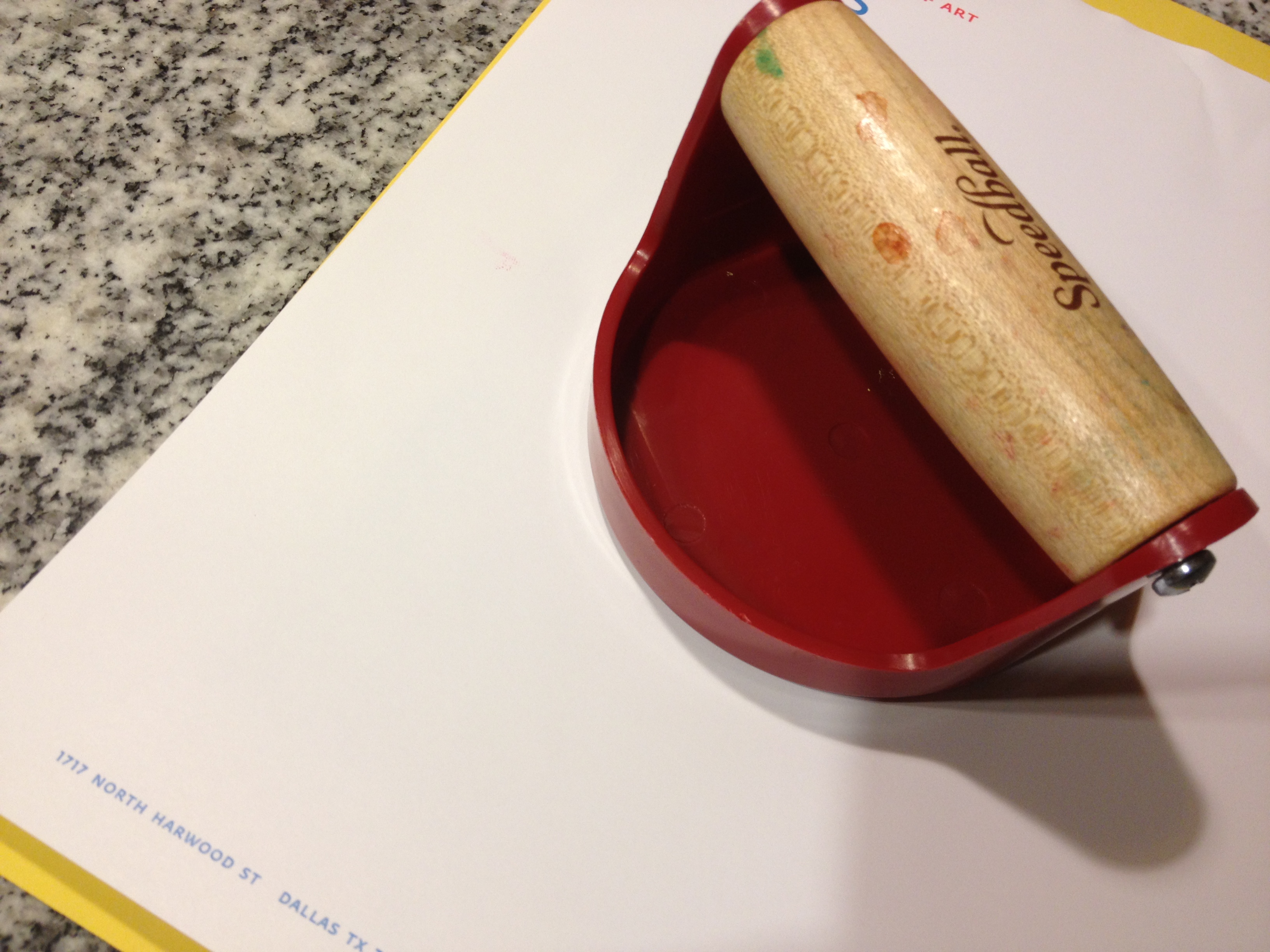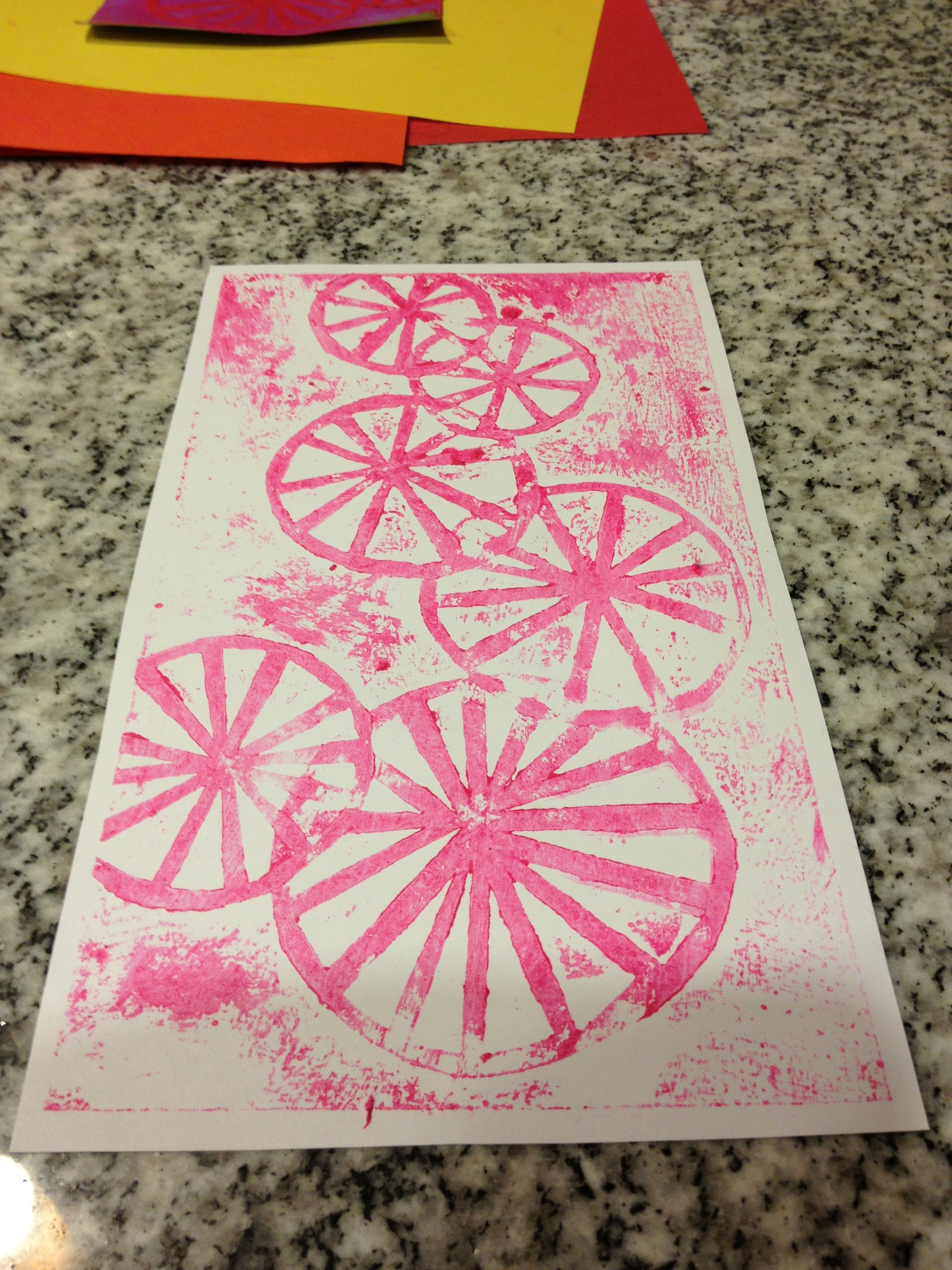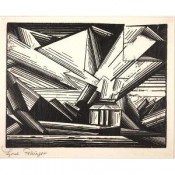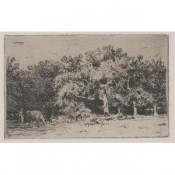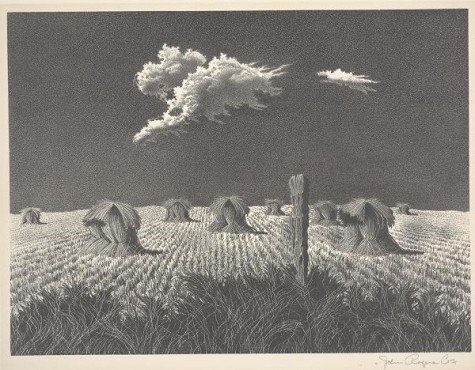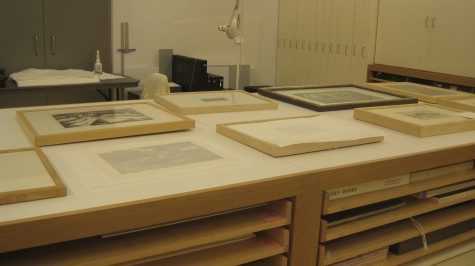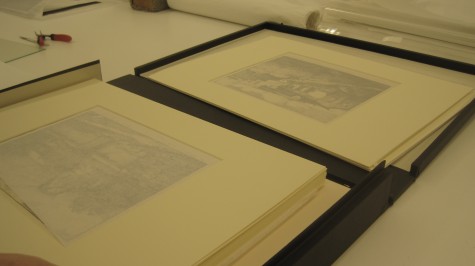Modern technology makes creating multiples easy. With a click of a button, we can print full-color images and entire articles of text in seconds. Making copies wasn’t always so quick and simple—entire books were scribed by hand, and artists and their studios would labor over multiple versions of a painting or sculpture for their clientele.
Today’s electronic printers can trace their origins to the early printmaking innovators in East Asia. In China, engraved blocks of wood were used to create copies of written text as early as the 8th century. Korean printmakers took woodblock printing a step further by creating the earliest form of metal movable type in the early 13th century, nearly two centuries before Gutenberg brought movable type to Europe.
While printmaking facilitated a wider distribution of text and knowledge, how did it impact artwork and images? Innovations in the 17th century gave artists the ability to create multicolored prints on a single sheet. Engravers would create multiple carved blocks for a design, with each block carrying a different color. Previously, an outline had been printed in one color, and artists would hand paint in the rest of the design.

The addition of multiple blocks in the printing process meant that artists and publishers could speed up production, to the great benefit of everyday people. In Japan, Utagawa Hiroshige produced a series of 53 prints representing the stops along the Tokaido Road, which linked Edo and Tokyo. Hiroshige’s series was extremely popular; it was printed thousands of times and sold as a souvenir or keepsake for display in homes, indicating that prints were priced cheaply enough to make them accessible to travelers for purchase.
After spending time with Japanese woodblock prints, it’s easy to understand their popularity. In Hiroshige’s Tokaido Road series, as well as later works created by Hiroshi Yoshida, prints transport the viewer to new places and captured with spectacular detail and color how people interacted with their environments .

Curious about what it takes to make a print? While woodblock printing does require some special equipment, you can get a taste of the process using everyday materials you might already have at home. Here’s what you need:
- 1–2 flat sheets of styrofoam, cut from a take-out container or paper plate
- Scissors or exacto knife
- Flat paintbrush
- Watercolor or acrylic paint
- Cup of water
- Rag or small towel
- A large metal spoon
- Watercolor paper
1. Cut a design out of the styrofoam sheet using a pair of scissors or an exacto knife. The styrofoam will act as a stamp that will carry the color to the paper.
2. Using paint and paintbrush, apply a thin layer of color to the styrofoam. It’s helpful to thin the paint down slightly with water so the layer is even.
3. With the rag, dampen the watercolor paper slightly. This will help the paper receive the color from the paint.
4. Place your styrofoam sheet paint-side down onto the watercolor paper, like a stamp. Use the metal spoon to press down on the paper.
5. Gently peel the styrofoam away from the paper to reveal your design.
6. Wipe off the leftover paint from the styrofoam and reapply color to print another edition of your print! Each print will look different, but that’s also a part of the process that’s lost when we turn over the work to machines. When something is handmade, there will always be a degree of human error that reveals the presence of an artist behind the artwork.
Jessica Thompson-Castillo is the Manager of Teen Programs at the DMA.














